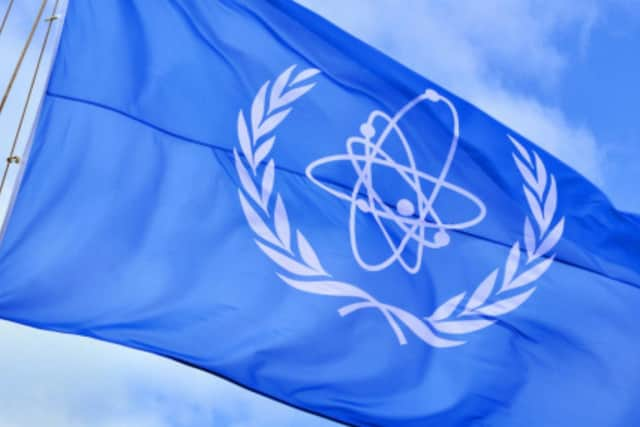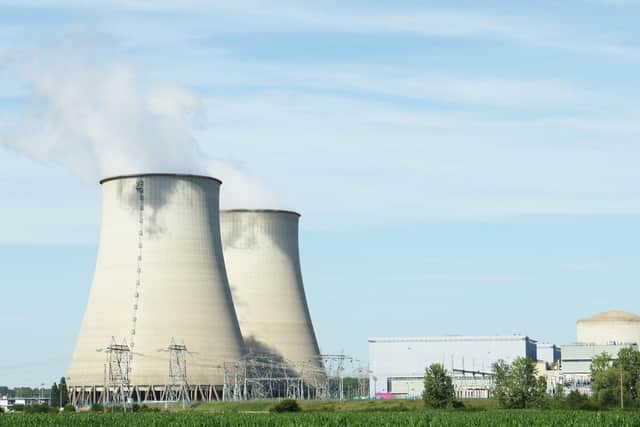IAEA: What does IAEA stand for? What is the IEAE and its purpose?
As the invasion of Ukraine by Russian forces continues, the Zaporizhzhia nuclear power plant in the southeast of Ukraine has been seized by invading troops.
This caused global concern, as shelling from the conflict were feared to potentially cause an explosion that could result in damage “ten times bigger than Chernobyl” and spell the “end of Europe”, according to Ukrainian officials.
Advertisement
Hide AdAdvertisement
Hide AdThe IAEA has released a statement on the situation – but what is the role of this international organisation?


Here’s all you need to know about the IAEA, including what it stands for and what its role in the world of nuclear power is.
What does IAEA stand for?
IAEA stands for International Atomic Energy Agency.


The group is also known as the world’s Atoms for Peace and Development organisation and is part of the UN family.
What is the IEAE and its purpose?
The IAEA works with the UN’s Member States and multiple worldwide partners to promote the safe, secure and peaceful use of nuclear technologies.
The purpose of the IAEA is laid out in the Statute that was approved on October 23rd 1956.
"The Agency shall seek to accelerate and enlarge the contribution of atomic energy to peace, health and prosperity throughout the world,” read the section of objectives.
"It shall ensure, so far as it is able, that assistance provided by it or at its request or under its supervision or control is not used in such a way as to further any military purpose.”
IAEA statement on Zaporizhzhia Nuclear Power Plant in Ukraine
As Russian forces approached and started shelling the Zaporizhzhia Nuclear Power Plant in Ukraine, the IAEA has relayed updates from Ukrainian officials on the ground regarding the situation there.
Advertisement
Hide AdAdvertisement
Hide AdThe most recent update, Update 11, was published on March 4th and reports that Russian forces have taken control of the site.
According to Director General Rafael Mario Grossi, “the nuclear power plant continued to be operated by its regular staff and there had been no release of radioactive material”.
"The safety systems of the plant’s six reactors had not been affected and there has been no release of radioactive material.
“Radiation monitoring systems at the site are fully functional.
“However, the operator has reported that the situation remains very challenging and therefore it has not yet been possible to access the whole site to assess that all safety systems are fully functional.”
The Director General went on to confirm that the IAEA Incident and Emergency Centre has been put in full response mode as a result of the ongoing conflict.
“I’m extremely concerned about the situation at the Zaporizhzhia NPP and what happened there during the night. Firing shells in the area of a nuclear power plant violates the fundamental principle that the physical integrity of nuclear facilities must be maintained and kept safe at all time,” Director General Grossi said.
The main priority of the IAEA currently is to ensure the safety and security of the plant, its power supply, and the people who operate it.
Comments
Want to join the conversation? Please or to comment on this article.

